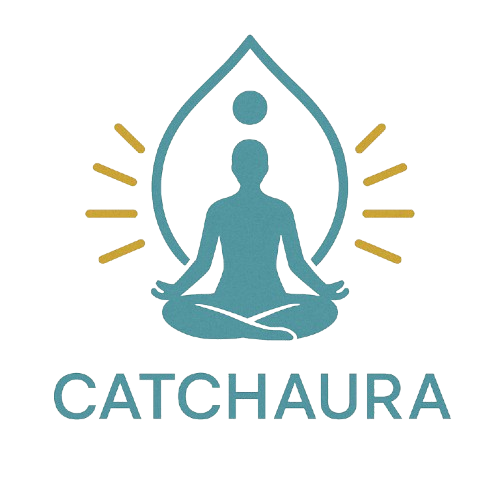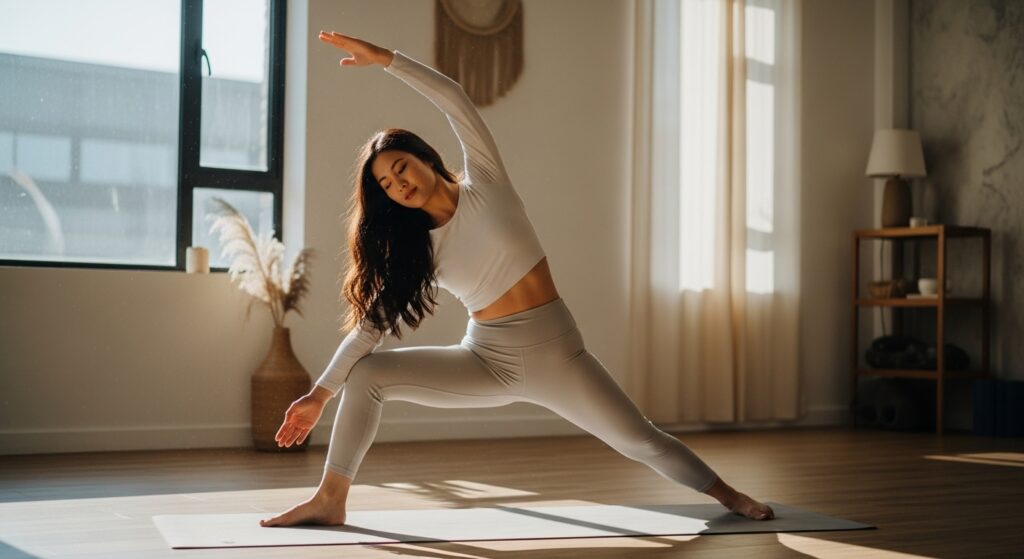Yoga for Starters: 6 Simple Beginner Yoga Poses to Practice Anywhere
Estimated reading time: 5 minutes
Key Takeaways
- Yoga improves flexibility, reduces stress, and builds strength—ideal for beginners.
- Six foundational poses can be practiced anywhere, from home to outdoor spaces.
- Beginner yoga enhances body awareness, posture, and mental well-being.
- Consistency is key to seeing progress in your yoga practice.
- Modifications are available for those with injuries or limited flexibility.
Table of Contents
- Why Try Yoga for Beginners?
- 6 Essential Beginner Yoga Poses
- Pros & Cons of Beginner Yoga
- How to Enhance Your Yoga Practice
- Final Thoughts: Start Your Yoga Journey Today
- FAQ
Why Try Yoga for Beginners?
Starting your yoga journey can feel overwhelming, but it doesn’t have to be. Whether you’re a yoga novice or searching for beginner yoga near me, this guide will introduce you to six foundational poses that are perfect for yoga for starters. These poses improve flexibility, reduce stress, and build strength—all while being accessible enough to practice at home, in a park, or even during a work break.
Yoga is more than just stretching—it’s a holistic practice that enhances physical and mental well-being. If you’re looking for yoga near me for beginners, these simple poses are a great way to start without needing a studio.
According to The Art of Living, yoga helps beginners build body awareness, improve posture, and reduce anxiety. Similarly, Kaiser Permanente highlights how these beginner-friendly poses can boost energy and relaxation.
6 Essential Beginner Yoga Poses
1. Mountain Pose (Tadasana)
Best for: Posture & Grounding
Stand tall with feet hip-width apart, arms relaxed at your sides. Engage your thighs, lift your chest, and take deep breaths. This foundational pose improves alignment and body awareness—a perfect starting point for yoga for starters.
Tip: Imagine a string pulling you gently upward from the crown of your head.
2. Child’s Pose (Balasana)
Best for: Relaxation & Lower Back Relief
Kneel on the floor, sit back on your heels, and stretch your arms forward, lowering your chest toward the ground. This restorative pose gently stretches the hips and spine, making it ideal for yoga novices needing a moment of calm.
Tip: Place a cushion under your knees if needed for extra comfort.
3. Cat-Cow Stretch (Marjaryasana-Bitilasana)
Best for: Spinal Flexibility & Warm-Up
Start on all fours. Inhale as you arch your back (Cow Pose), lifting your head and tailbone. Exhale as you round your spine (Cat Pose), tucking your chin. This flowing movement is excellent for warming up before deeper stretches.
Tip: Sync your breath with movement for maximum relaxation.
4. Downward-Facing Dog (Adho Mukha Svanasana)
Best for: Full-Body Stretch & Strength
From all fours, lift your hips up and back, forming an inverted “V.” Press your heels toward the ground (it’s okay if they don’t touch). This pose strengthens arms and legs while lengthening the spine—a must for yoga for beg practitioners.
Tip: Bend your knees slightly if your hamstrings feel tight.
5. Warrior I (Virabhadrasana I)
Best for: Strength & Focus
Step one foot back, keeping your front knee bent at 90 degrees. Raise your arms overhead, squaring your hips forward. This empowering pose builds leg strength and confidence—great for those searching for beginner yoga near me.
Tip: Keep your back leg strong and grounded.
6. Corpse Pose (Savasana)
Best for: Deep Relaxation & Mindfulness
Lie flat on your back, arms relaxed at your sides, palms up. Close your eyes and breathe deeply. Though simple, this pose is crucial for integrating the benefits of your practice.
Tip: Stay here for 3-5 minutes to fully relax.
Pros & Cons of Beginner Yoga
Pros:
- Improves flexibility & mobility
- Reduces stress & anxiety
- Can be done anywhere (no equipment needed)
- Builds strength gradually
Cons:
- May feel challenging at first (but gets easier!)
- Requires consistency for best results
- Some poses need modifications for injuries
How to Enhance Your Yoga Practice
If you’re enjoying yoga for starters, consider complementing your routine with holistic wellness tips:
- Breathwork Techniques: Learn how proper breathing can boost energy in this Energy Fix Breathing Guide.
- Natural Supplements: Explore energy-enhancing supplements to support an active lifestyle.
Final Thoughts: Start Your Yoga Journey Today
Yoga is a rewarding practice for all levels, especially beginners. These six poses are an excellent foundation for yoga novices looking to build strength, flexibility, and mindfulness.
Ready to begin? Roll out your mat and try these poses today. For more guidance, check out The Art of Living’s beginner yoga guide or Kaiser Permanente’s simple yoga poses.
FAQ
What is the best time to practice yoga for beginners?
Morning or evening works well, but consistency matters more than timing. Choose a time that fits your schedule.
Do I need special equipment for beginner yoga?
No—just a comfortable mat and space. Props like blocks or straps can help but aren’t required.
How often should beginners practice yoga?
Aim for 2-3 sessions per week to build consistency and see progress.
Can I do yoga if I’m not flexible?
Absolutely! Yoga improves flexibility over time. Start with modifications and listen to your body.
Is yoga safe for people with injuries?
Consult a healthcare provider first, and inform your instructor to get pose modifications.


In it something is. It is grateful to you for the help in this question. I did not know it.
https://the.hosting/
https://ping.space/
https://ufo.hosting/en/anticorruption-policy
yacht charter